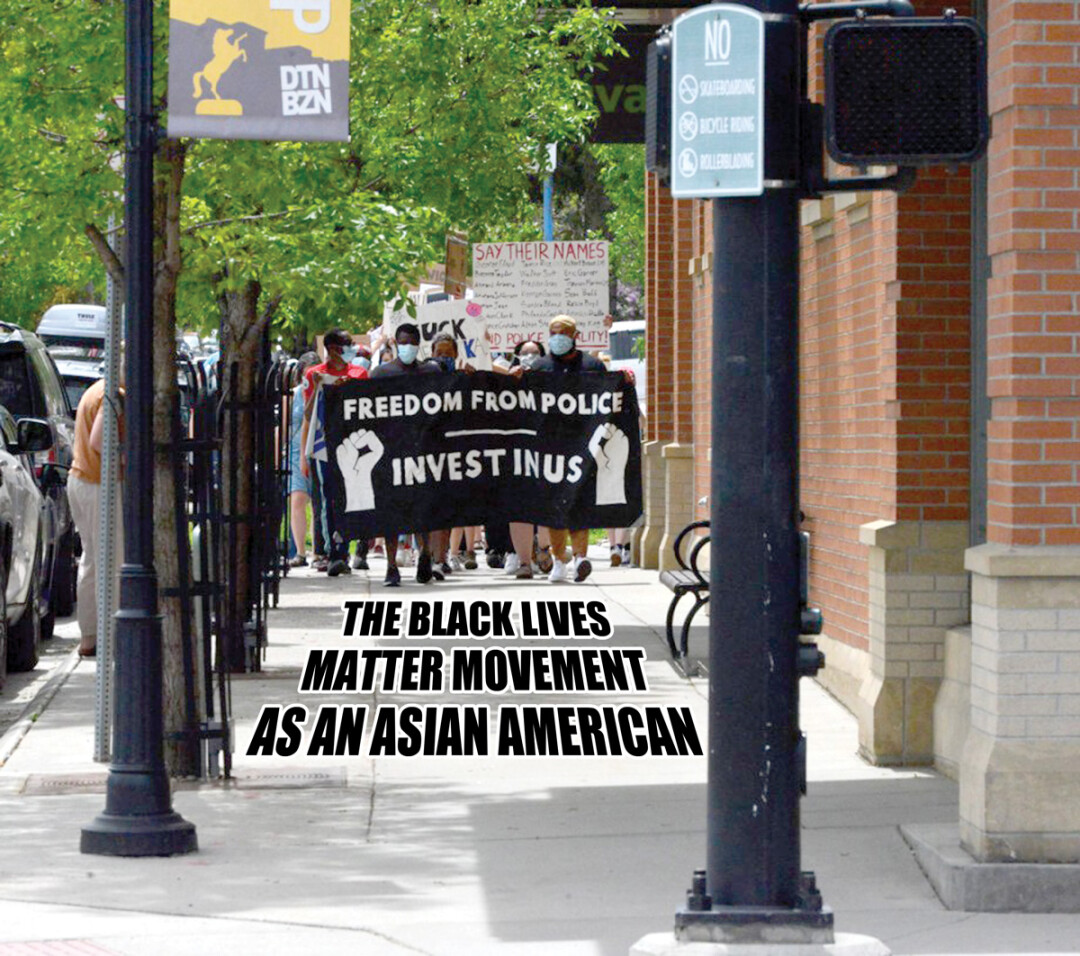Negotiating Racial and Ethnic Lines in the Borderlands: Mixed Peoples in Transitional North America
127th Annual Meeting of the American Historical Association
New Orleans, Louisiana
2013-01-03 through 2013-01-06
AHA Session 108
Friday, 2013-01-04, 10:30-12:00 CST (Local Time)
Cornet Room (Sheraton New Orleans)
Chair: Stephen Aron, University of California, Los Angeles
Papers:
Comments: Margaret Jacobs, University of Nebraska–Lincoln
The 2000 U.S. census revealed that an increasing number of Americans identified themselves as multi-racial and the recent 2010 census indicates the same trend. President Barak Obama’s 2008 election also called into question debates about multi-racial identities and the validity of racial categories given the long history of intimate mixing in the United States. This panel attempts to historically situate processes of identity-formation by people of mixed racial and ethnic backgrounds in North America, focusing particularly on the nineteenth and twentieth centuries. We argue that some mixed-race and multi-ethnic individuals and families struggled against mainstream racial discourses that discouraged any acceptance of complex identities. Some mixed individuals faced pressures to select and perform one racial identity in public and even within their communities and families. However, the research of this panel demonstrates that individual identities remained contested, negotiated, and in some cases fluid, especially in the American west where racial paradigms extended beyond black and white to include Native Americans and Mexicans in the evolution of racial categories and ideologies.
The first paper by Erika Perez evaluates how the offspring of Spanish-Mexican and European ancestry struggled to find their niche in the aftermath of the U.S. conquest of California in the wake of the Gold Rush. Mixed offspring soon discovered that their options for social mobility were shaped largely by gender, class, education and racial identity, and despite the presence of a European or Anglo-American father, this did not necessarily guarantee mixed offspring success in a changing social climate in American California. While mixed girls experienced increasing social and marriage options in California society, their brothers expressed fear and frustration that they would never attain the success of the previous generation. Anne Hyde’s paper demonstrates how U.S. bureaucrats and policy-makers of Indian affairs attempted to impose their own concepts of gender and the nuclear family upon Native American communities towards the latter part of the nineteenth century. However, Hyde shows that these bureaucratic efforts were contested by indigenous-influenced meanings of family and kinship, thereby contributing to confusion about racial categories, legal identities, and legitimacy in Indian country. Finally, Andrew Graybill’s paper tells the story of one man, John L. Clarke, a Montana artist, who held fast and firm to an Indian identity throughout his life and in his art despite the potential for him to lay claim to some white privilege because of his marriage and mixed heritage. Although other members of Clarke’s family claimed an “in-between” identity, affirming both their Indian and European roots, he remained determined to express himself as an Indian. As this abstract makes clear, all of these papers touch upon identity-formation and developing ideas of race in the North American borderlands and how this process was not always geared towards assimilation but entailed great complexity and negotiation among mixed individuals and even members of the same family. Members interested in racial identities, borderland studies, and the American West will find this panel useful.

